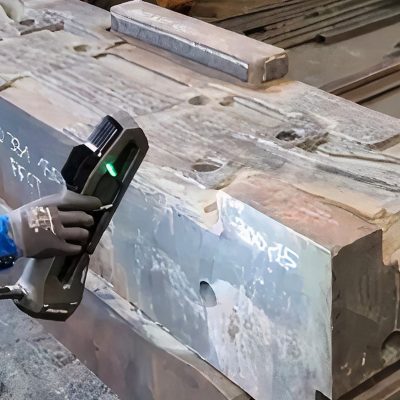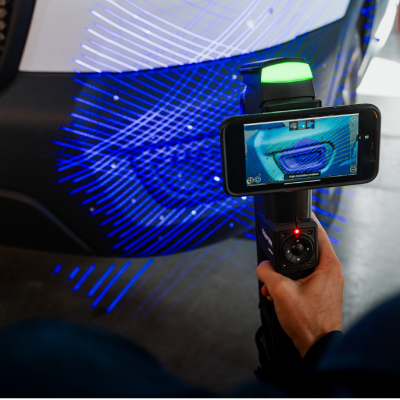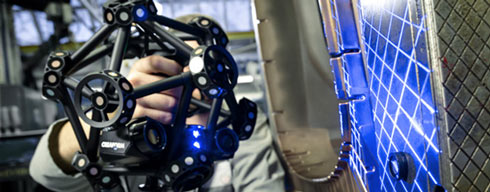April 15, 2024
Use of 3D scanner increases efficiency and reduces labor and material costs See the articleAn important player in the Aerospace industry had a pressing need to validate CAD files for a wide range of parts, and decided to borrow our expertise for the job. We accepted without hesitation; we’re always ready to take on new challenges!
The project
https://www.creaform3d.com/en/education/case-studies
This project consisted of parts that were originally only defined as 2D files, and wanted to migrate them to CAD files. There were 2 types of CAD files to validate for each part. The first file type, or set, consisted of older IGES files, and raised a certain number of questions. The second file set, in CATPart, was more recent, but the customer was unable to validate these files. The decision we made was to use the physical parts as a reference, since these had been in production for a while and were considered compliant in every way. In short, the parts were the reference, and the CAD files had to be validated against them.
We chose to use the MetraSCAN in order to obtain a 3D image of each part, and to compare this image with the 2 associated CAD files. Since our laser camera was so fast, we were able to scan a considerable number of parts in a fraction of the time the customer would have needed to do the same work on their CMM. And to make the task even easier, our VXElements software entirely took care of the post-processing and provided .stl files, ready to be aligned and compared to the CAD files. Two reports for each part were then generated and delivered to the customer. The first report contained the results stemming from the comparison between the scan and the IGES file, while the second compared the scan and the CATPart file. From there, the customer could start their own results analysis. The following images respectively show a scan and the comparison results for the same part.
This mandate presented several interesting challenges, which we were able to meet successfully
1) The customer wanted us at their premises, in order to define the project and ensure that the information would be transferred in-person. We learned on the Friday afternoon that we needed to be in Halifax on Monday, with all our equipment and expertise. This required a considerable planning effort in a very short time!
2) Once we arrived there, we realized how much work actually had to get done. We discussed with the customer to find an appropriate, fast method for validating all these parts. After a few days in Halifax, the customer trusted us enough to ship the parts to our Montreal office, so we could dedicate a whole team of application specialists to the project, in order to speed things up.
3) Where there’s teamwork, there has to be proper organization. We needed to complete this mandate in a short period of time, which enabled us to practice our teamwork skills and come up with a procedure that could help us meet the planned deadlines. We split the overall task in several sub-tasks, each with a specific owner, and created a project spreadsheet to efficiently monitor the project completion rate.
The different mandates Creaform completes at a national and international level definitely are learning experiences, enabling our employees to develop increasingly stronger expertise. As from the customer perspective, they know that they can count on us to successfully handle any of their projects, big or small, wherever they are in the world!
To learn more about Creaform’s services, you can visit the https://www.creaform-engineering.com/en page.









